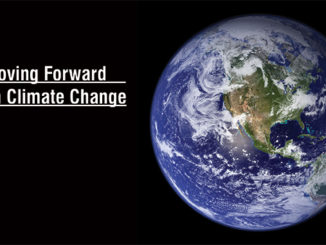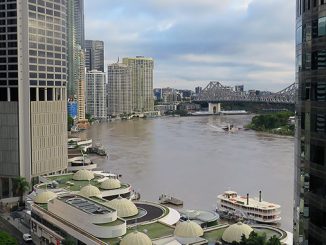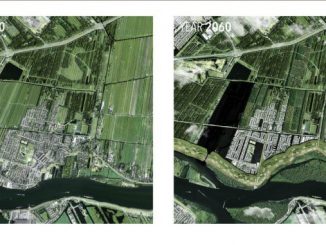The profession has been bombarded with various solutions to combat climate change and global warming. The design response from landscape architects and architects alike has been impressive. While so-called “green architecture” principles can sometimes risk being cliché marketing stunts and ring hollow in terms of solving tangible climate challenges, if done properly these solutions can have a positive net effect to clean and cool the air in cities.
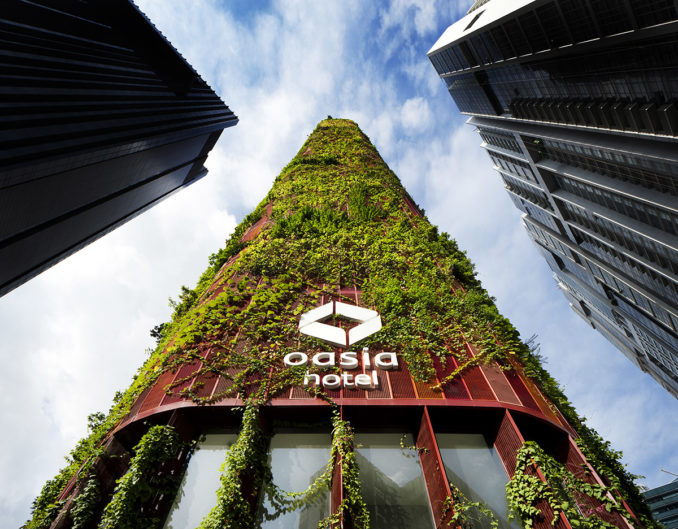
Green buildings trends will continue to impact our cities’ residential buildings. As cities, governments and developers see the economic and climate benefits of these solutions, we will see more green roofs and green facades such as Bosco Verticale/Vertical Forest by Stefano Boeri in Milan or Oasia Hotel in Singapore by WOHA/ STX Landscape Architects. Tree-lined streets will continue to be prioritized to protect homes and streets from urban heat island effect, which can see temperatures in the heart of cities rise about 15F (9C +/-) higher than those in the countryside.
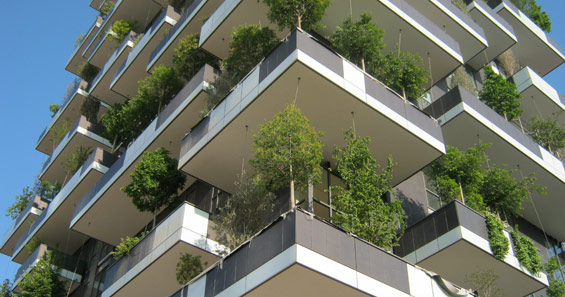
The City of Copenhagen now requires that all flat roofs (or those under 30 degrees) are vegetated. Why? It helps cool the city and saves the building owners on OPEX.
Traditional practices relative to orienting the building windows against direct afternoon sun, and for maximum cross ventilation are more important now than ever. Artificially intelligent shading devices will also help, as recently built in the Al Bahar towers in Abu Dhabi.
Cities can take very specific actions to curb the use of fossil fuel by changing transportation and mobility patterns, which of course contributes to climate change and the high temperatures we experience in cities. Stockholm is determined to be a fossil fuel free city by 2040, which has spurred huge investments in electro mobility, car sharing and bike sharing.
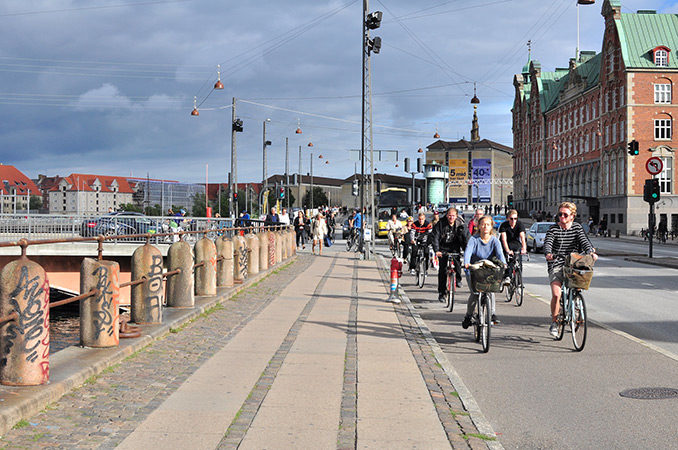
Copenhagen has created Europe’s first carbon neutral zone in order to put a cap on CO2 release into the atmosphere. Adequate green space and the right ratio of trees also help reduce urban temperatures by nearly 3.6 C, with more dramatic temperature decreases in parks and heavily planted streets. This can also save millions of lives in cities by reducing the fine particles in the air, allowing us to breathe easier.
We must help and clients and owners understand and realize financial benefits if we are to initiate long term sustainable solutions. Real estate in the heart of cities that is adjacent to green space, or on green streets, are valued at 18% or more than those not abutting or adjacent to parks. As landscape architects, we have to keep in mind the value we create for public health and economic development.
The climate costs are mounting. Cost are increasing all the way down the supply chain because of scarcity of resources and impacts of climate change on fossil fuel policies – driving up the cost of materials and labor.
All of the issues mentioned will increase the cost of public space and building construction, but on the other hand long term OPEX costs will be reduced as we innovate the way we construct spaces and buildings with 3D printed materials, more porous pavements, and dynamic structural systems. The property and construction industry is perhaps the slowest to innovate amongst all industries so we should contribute to and expect big changes in the coming 20 years to deal with disruptors, if we aren’t going to become disruptors ourselves.
We should be encouraged that discussions about climate change, pollution and global warming are now mainstream. These issues are not popular in the business community, so it is important to keep a thoughtful debate that uses mainstream language to address the issues, and to inform everyone – not just landscape architects and architects – that they too can help by communicating their good deeds.

The anti-straw movement that has taken the developed world by storm is a good example of a very successful communication campaign against a problem point in our lives related to the environment. We can learn some lessons from this campaign about letting people know that even small changes in their lives can have big impacts. Who thinks twice about accepting a plastic straw with their iced coffee now? :: raises hand :: Science tells us that straws have a tiny impact on the environment, but it doesn’t matter – I’m not using them anymore because I am now more aware that even these tiny objects have a negative effect on my environment.
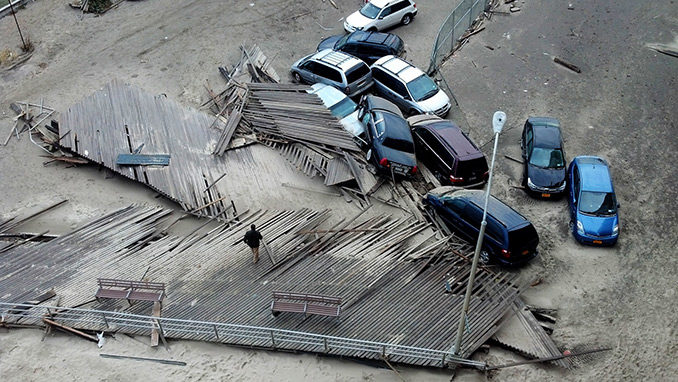
As landscape architects, architects and builders, we are particularly well suited to address the insightful list of suggestions to combat global warming and climate change. We are often in the position of “clean up crew” after the floods, or other climate catastrophes, and typically in a position of compromise between private or public budgets and public concern. We need to navigate this conversation thoughtfully and provide bold solutions to mitigate more intense storm events, hotter summers, colder winters and unexpected extreme weather. We can keep in mind that we will never sit in the shade of many of the trees we are planting. We need to consider that the places we design and build now need to be designed not for me, not even for my son, but for his daughter and the kids after her.
Martin Barry
Founder and CEO | Manifesto Market
Founder and Chairman | reSITE

